For kitchen professionals, understanding the limitations of your cookware is crucial for effective meal preparation. The saucepan is a fundamental piece of culinary equipment, but what cannot be put into a saucepan? Let's break down some essential elements to consider when using this versatile piece of kitchenware.
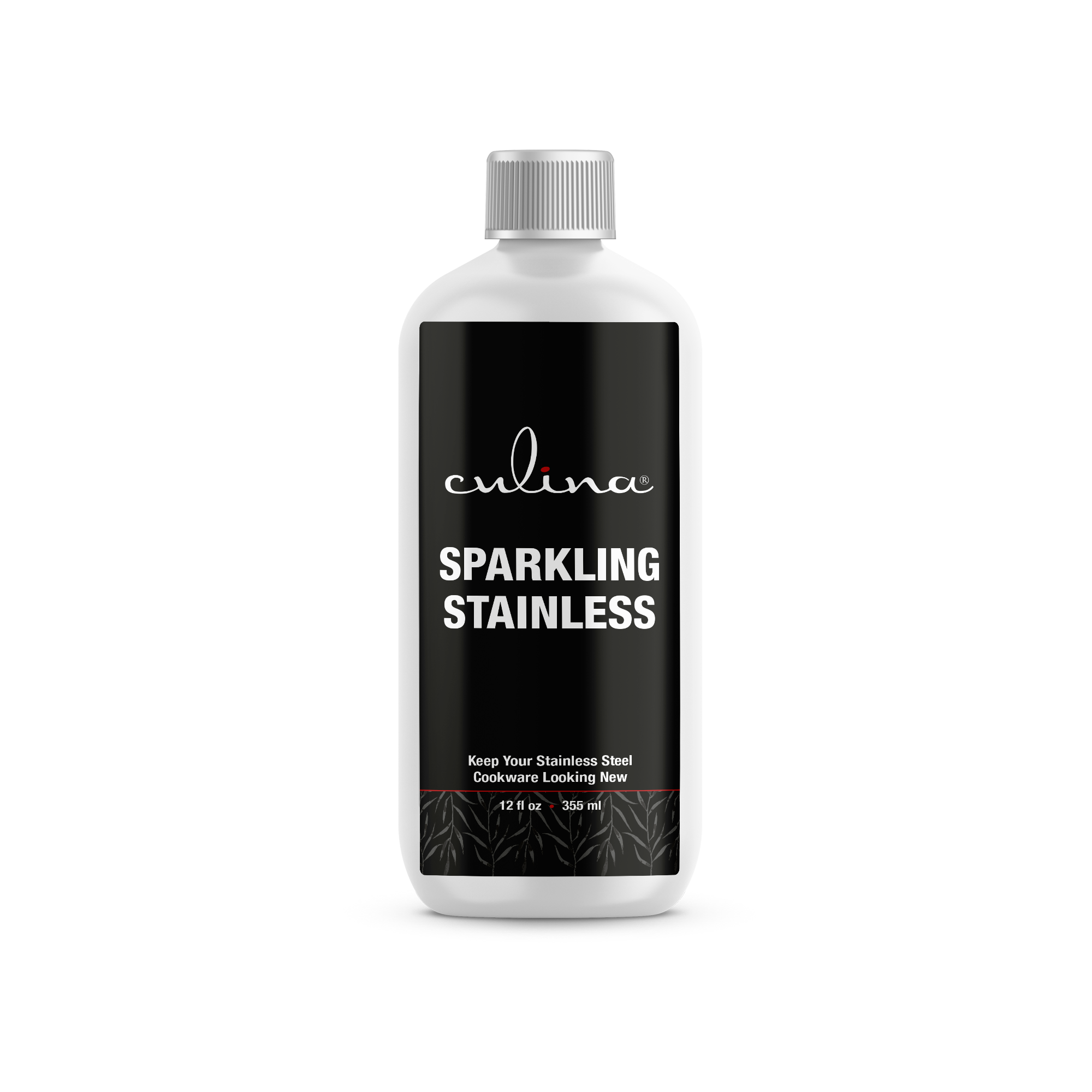
1. Understanding the Saucepan
A saucepan is typically a round, deep cooking pot that comes with a long handle. It's intended for making sauces, boiling, and simmering. Knowing the differences between various cooking vessels is vital to prevent kitchen mishaps. Here are a few things that should not find their way into a saucepan:
2. Ingredients That Cannot Be Put into a Saucepan
When creating culinary masterpieces, certain ingredients may pose a risk when placed in a saucepan. For example:
- Acidic Foods: Foods that are high in acidity, such as tomato products, can react negatively with certain metals. Using a non-reactive saucepan, like those made of stainless steel or glass, is advisable.
- Excessively Thick Mixtures: Products like dough shouldn't be put into a saucepan. They require different cooking methods that allow for more ventilation and commonly are better suited for a mixing bowl.
- Granulated Sugar: Heating sugar directly in a saucepan can lead to burning and caramelization if not monitored properly.
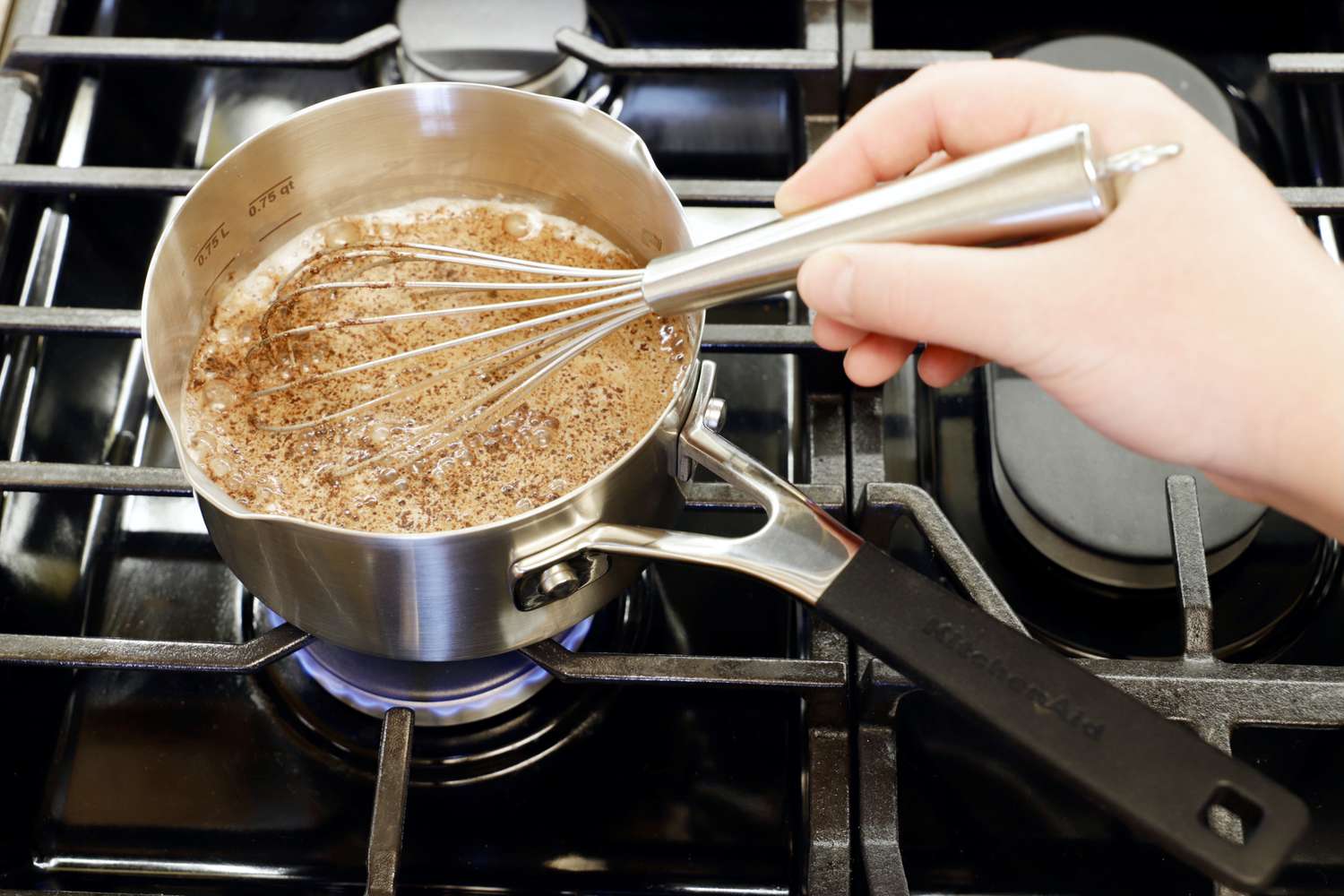
3. cookware Compatibility
Another area of concern when using a saucepan is the compatibility of cookware. You should never:
- Metal Utensils: Using metal utensils can scratch non-stick and certain types of saucepan interiors. Always opt for wooden or silicone utensils instead.
- Heavy Ingredients: Overloading your saucepan with heavy vegetables or meats can cause uneven cooking. Try to ensure that similar cooking times are maintained.
- Certain Oils: Avoid adding very low smoke point oils such as avocado oil unless you closely monitor the cooking temperatures. It's better to use oils with high smoke points.
4. Cross-Contamination Risks
Using a saucepan improperly can lead to cross-contamination. For instance, never:
- Cook Raw Meat with Ready-to-Eat Ingredients: This can lead to foodborne illnesses.
- Reuse Sauce from Raw Ingredients: If you are simmering proteins, do not reuse the sauce without first cooking it thoroughly.

5. Safety Precautions
To ensure your kitchen remains safe while using saucepans, follow these vital safety steps:
- Always Monitor Cooking: Foods should never be left unattended in a saucepan, especially at higher temperatures.
- Use Pot Holders: Always use pot holders or oven mitts when handling hot saucepans to prevent burns.
- Keep Cooking Surfaces Clean: Ensure that all surfaces and ingredients are free from contaminants to avoid any potential issues.
6. Cooking Techniques to Consider
When cooking with a saucepan, skills such as simmering, sauting, and boiling are essential. These techniques work best when:
- Controlled Heat: Maintain even, medium heat.
- Adding Ingredients Gradually: Avoid cooking delicate spices and herbs too early.
For more tips on how to make popcorn or season a saucepan, check out these resources: Make Popcorn and Season a Saucepan.
Frequently Asked Questions
1. Can I put ceramic dishes in a saucepan?
No, ceramic dishes are not designed for cooking in a saucepan and may break or crack under the heat.
2. Are there any metal utensils that are safe to use in non-stick saucepans?
Typically, only utensils that are specifically labeled as safe for non-stick cookware should be used, such as silicone or wooden utensils.
3. Can I heat dairy products in a saucepan?
Yes, but be cautious of overheating, as it can lead to curdling. Its ideal to keep the temperature low.
As an Amazon Associate, I earn from qualifying purchases.

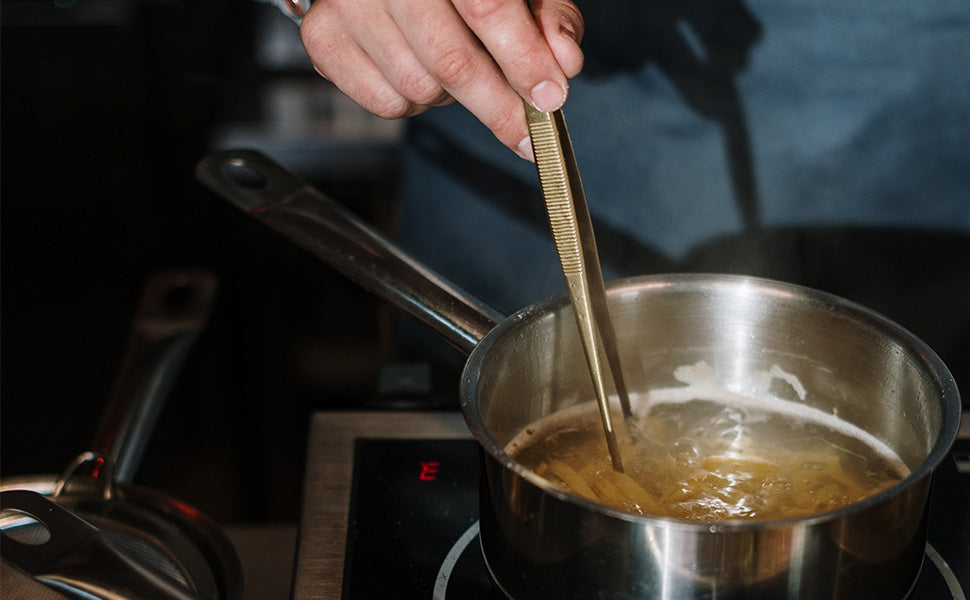


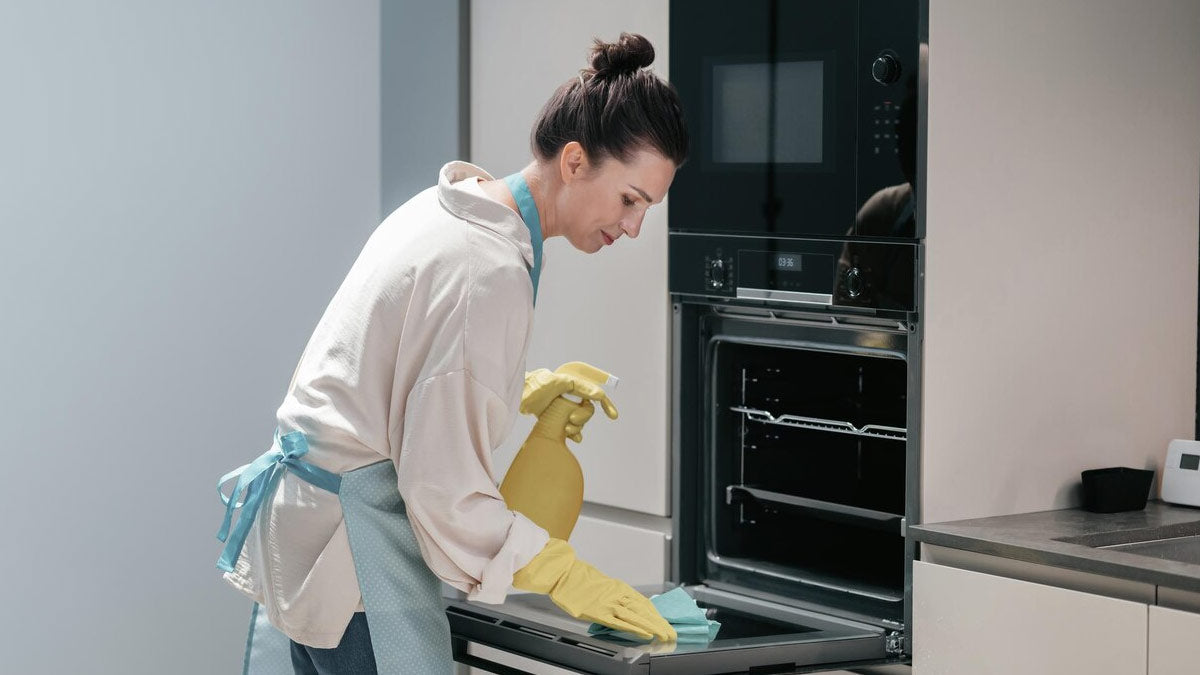
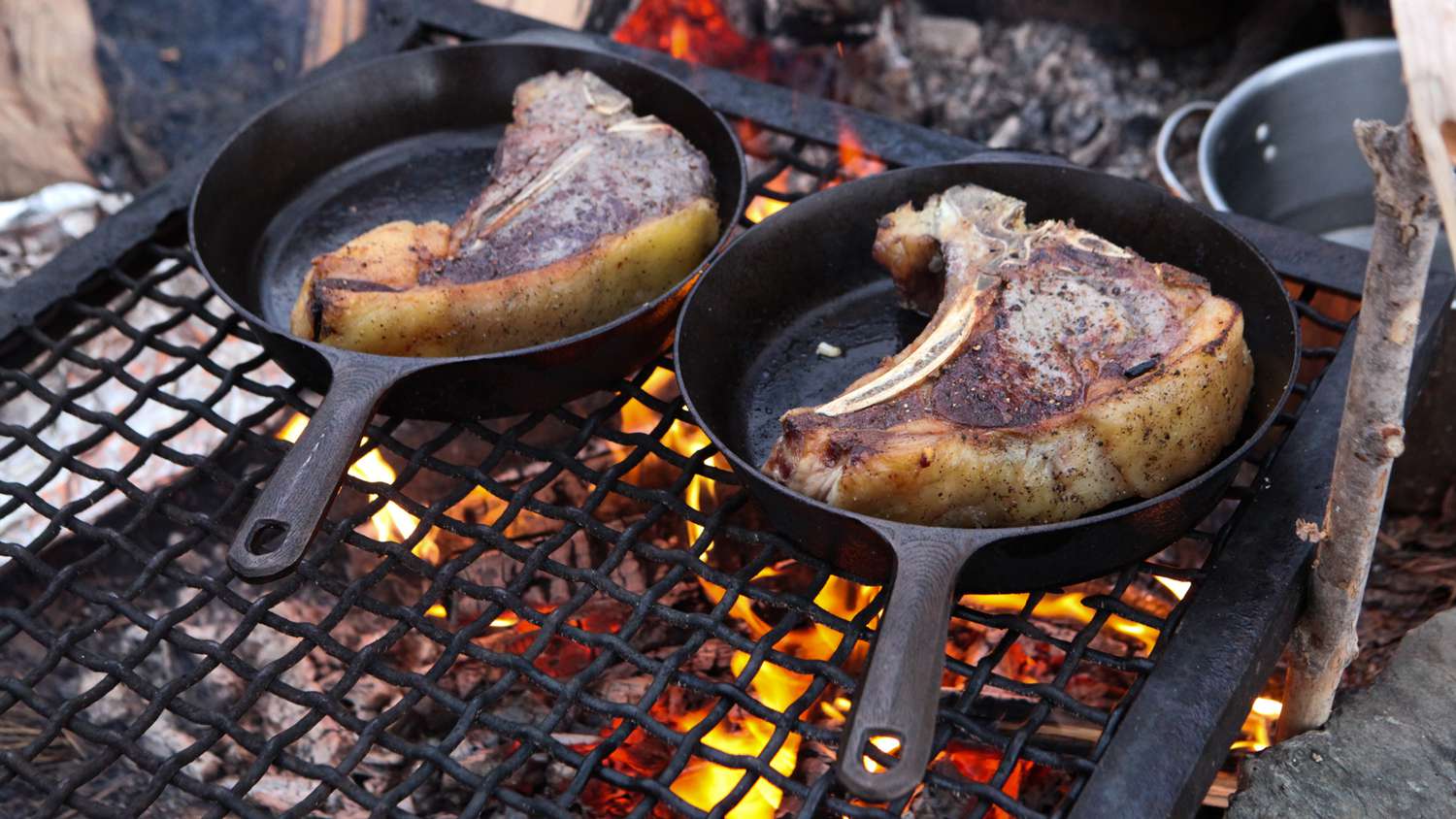
Leave a comment
This site is protected by hCaptcha and the hCaptcha Privacy Policy and Terms of Service apply.